Winter herbicide for buckthorn
shiltsy
9 years ago
Related Stories
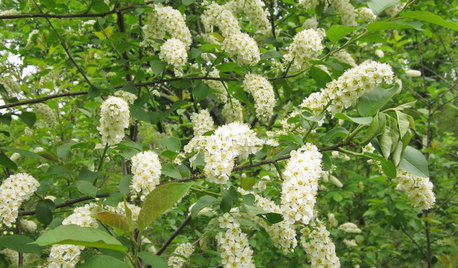
TREESNative Plant Alternatives to Invasive Common Buckthorn
Learn how to identify and control this aggressive plant, and what to grow in its place
Full Story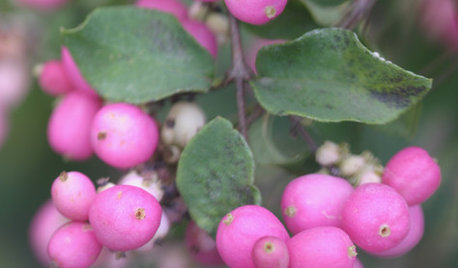
LANDSCAPE DESIGN5 Berry-licious Shrubs to Plant Now for Winter Interest
Showy color during snow season? You bet. These shrubs will wake up a garden with colorful berries when other plants are asleep
Full Story
GARDENING GUIDESGarden Myths to Debunk as You Dig This Fall and Rest Over Winter
Termites hate wood mulch, don’t amend soil for trees, avoid gravel in planters — and more nuggets of garden wisdom
Full Story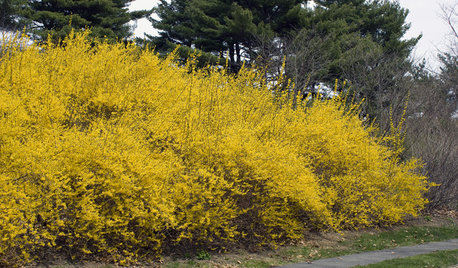
SPRING GARDENING8 Sunny Spring Flowers
Add a burst of yellow to the garden with forsythia, witch hazel, winter jasmine and more
Full Story
GARDENING GUIDESHow to Switch to an Organic Landscape Plan
Ditch the chemicals for a naturally beautiful lawn and garden, using living fertilizers and other nontoxic treatments
Full Story
LANDSCAPE DESIGNThe Unparalleled Power of Trees
Discover the beauty and magic of trees, and why a landscape without them just isn't the same
Full Story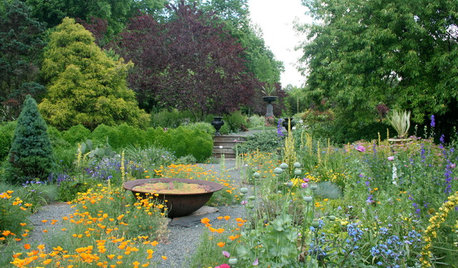
REGIONAL GARDEN GUIDESSoutheast Gardener's February Checklist
Pinch, prune and prepare this month — springtime's riches in the garden will be here before you know it
Full Story
MOST POPULARMeet a Lawn Alternative That Works Wonders
Carex can replace turfgrass in any spot, is low maintenance and adjusts easily. Add its good looks and you’ve got a ground cover winner
Full Story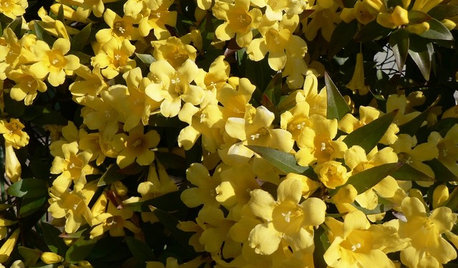
GARDENING GUIDESGreat Design Plant: Gelsemium Sempervirens
Plant Carolina jessamine in fall, and its flowers will signal spring before any other plants start blooming
Full Story
GARDENING GUIDES10 Top Native Plants for the U.S. Southeast
For a low-maintenance and wildlife-friendly landscape, use Southern natives that withstand heat and humidity
Full Story







ken_adrian Adrian MI cold Z5
davidrt28 (zone 7)
Related Professionals
Ferndale Landscape Architects & Landscape Designers · Piqua Landscape Architects & Landscape Designers · Byram Landscape Contractors · Cupertino Landscape Contractors · Ridgewood Landscape Contractors · Spring Landscape Contractors · Germantown Siding & Exteriors · Lombard Siding & Exteriors · New Port Richey East Siding & Exteriors · Point Loma San Diego Siding & Exteriors · Rockville Siding & Exteriors · Canton Decks, Patios & Outdoor Enclosures · Centennial Decks, Patios & Outdoor Enclosures · Los Alamitos Decks, Patios & Outdoor Enclosures · Springfield Decks, Patios & Outdoor Enclosuresken_adrian Adrian MI cold Z5
davidrt28 (zone 7)
shiltsyOriginal Author
terrene
shiltsyOriginal Author
terrene
shiltsyOriginal Author
NHBabs z4b-5a NH
saccharum
wisconsitom
davidrt28 (zone 7)
terrene
terrene
shiltsyOriginal Author
wisconsitom
terrene
terrene
NHBabs z4b-5a NH
shiltsyOriginal Author
wisconsitom
zone4newby
wisconsitom
zone4newby